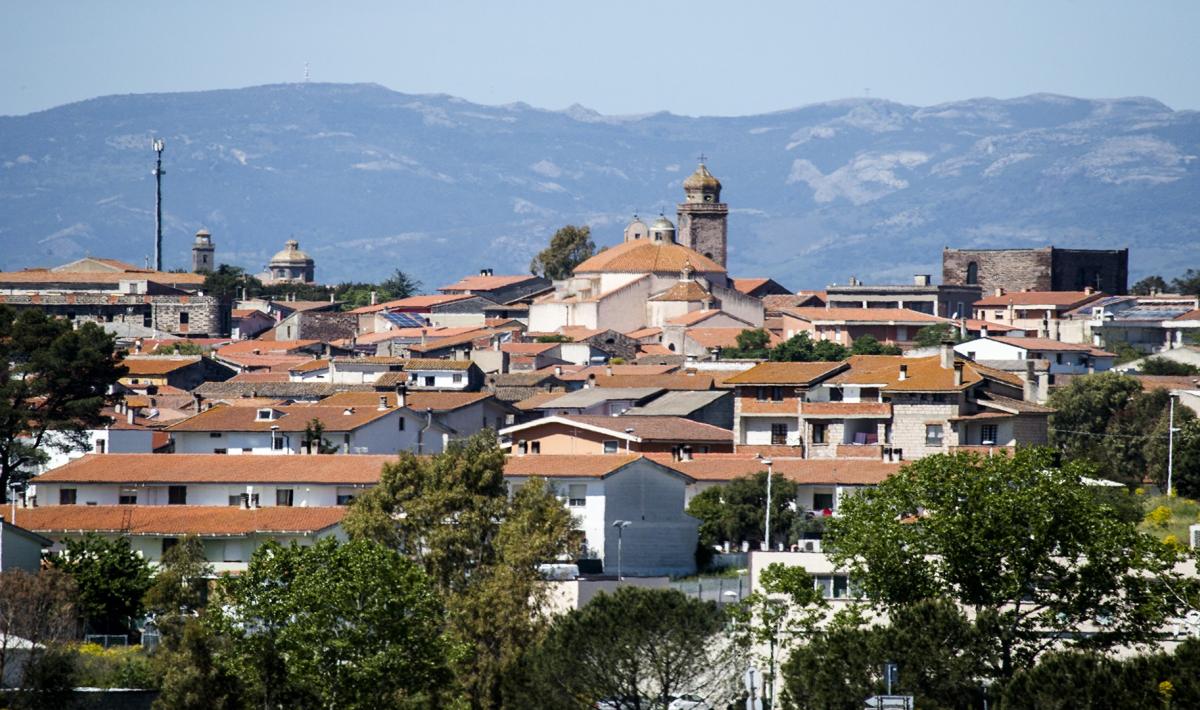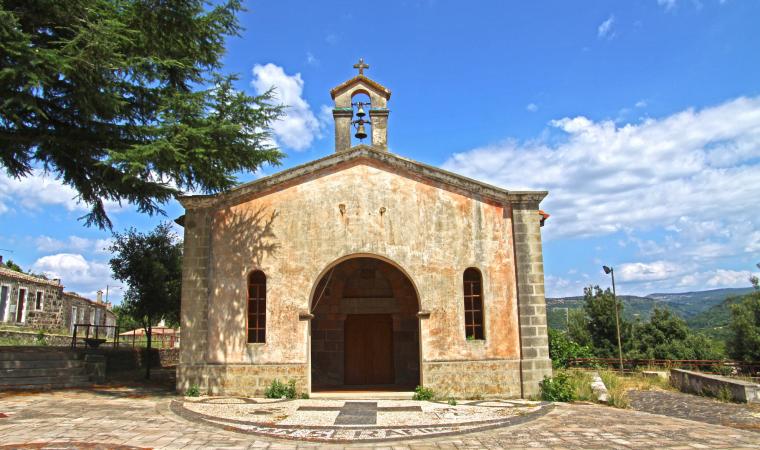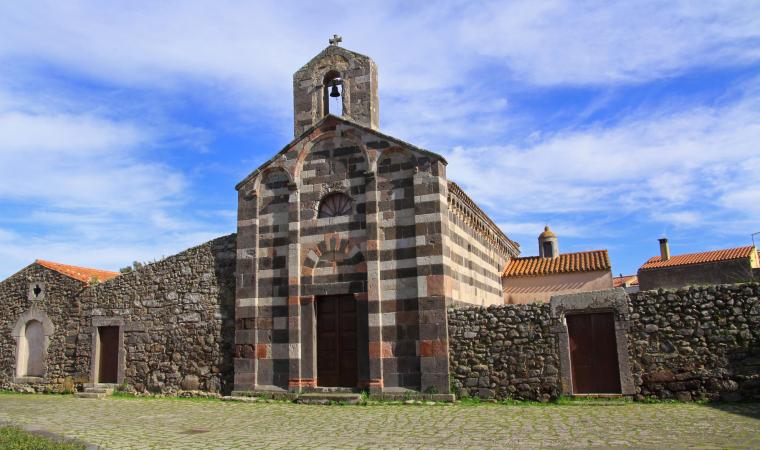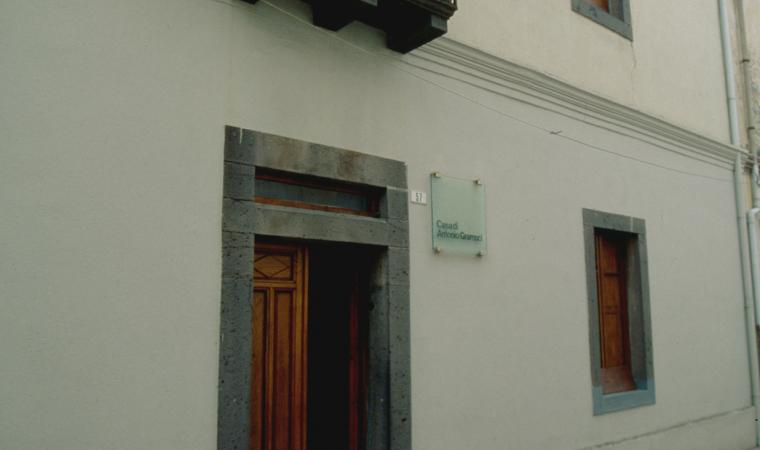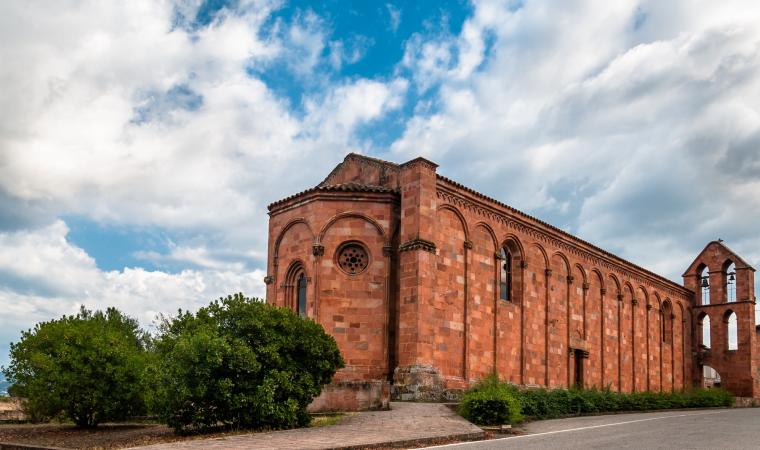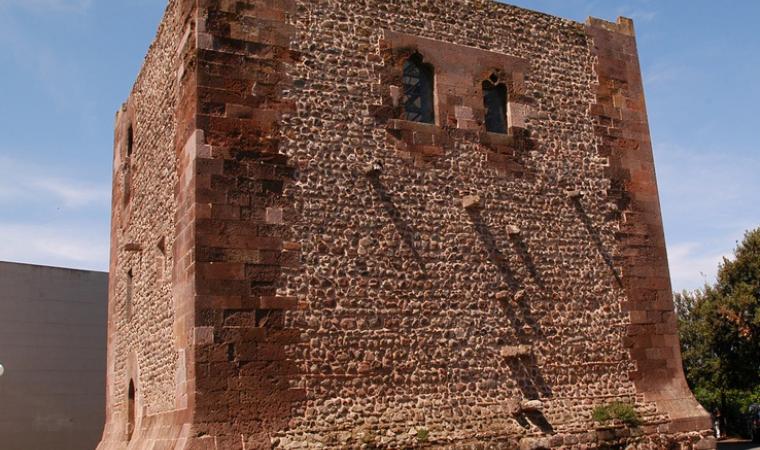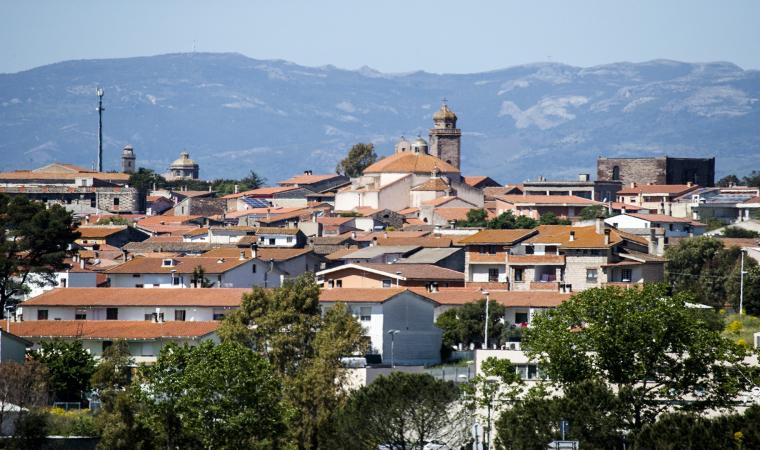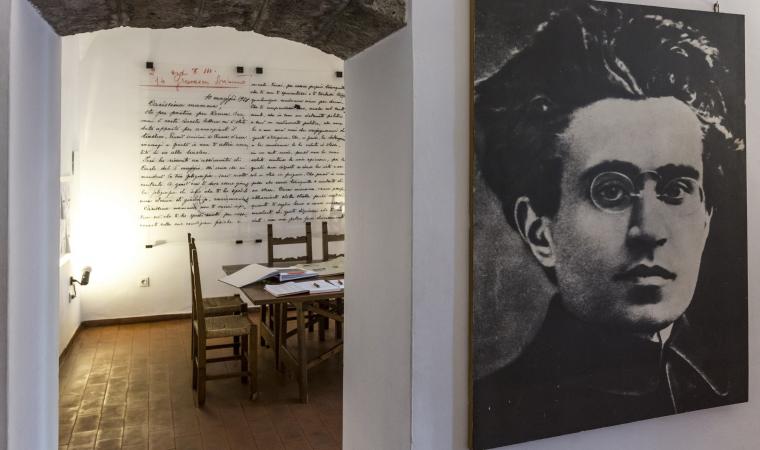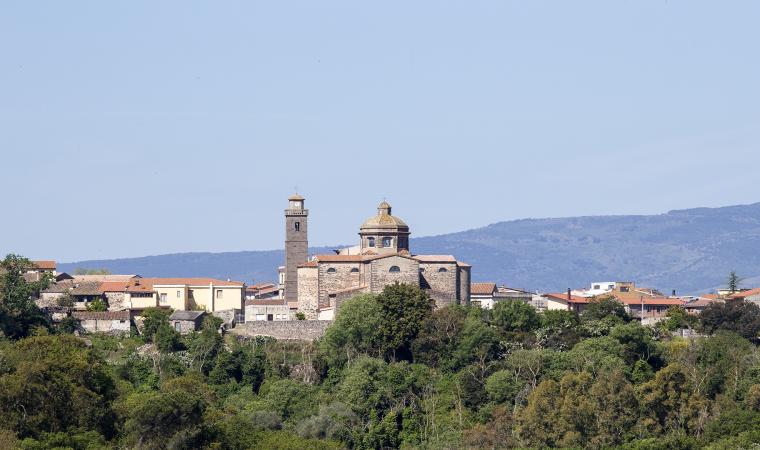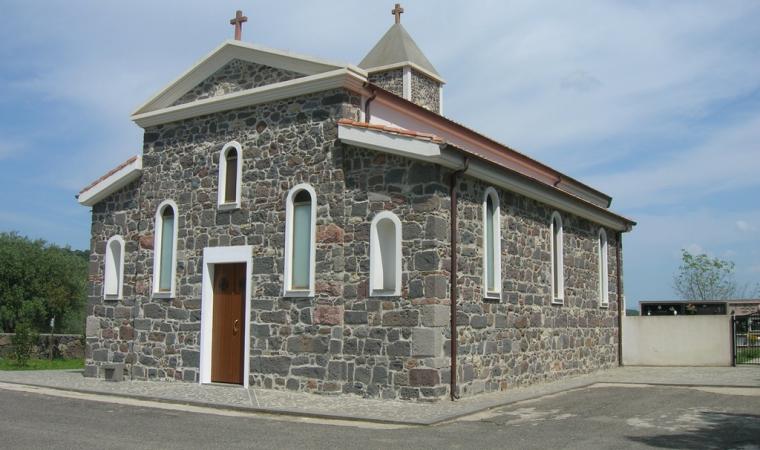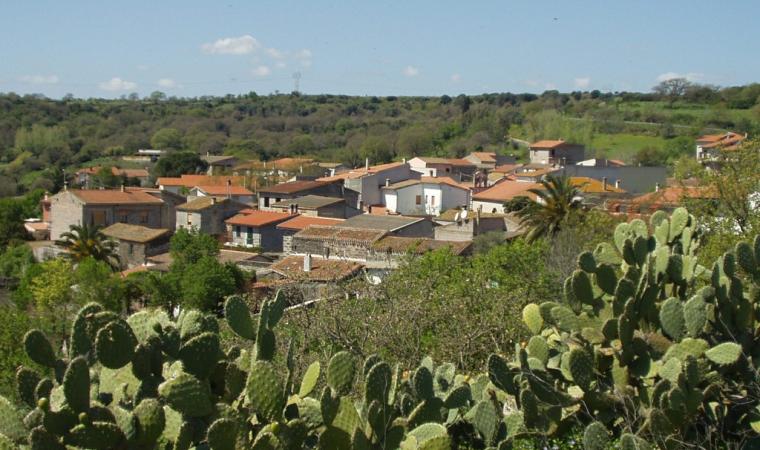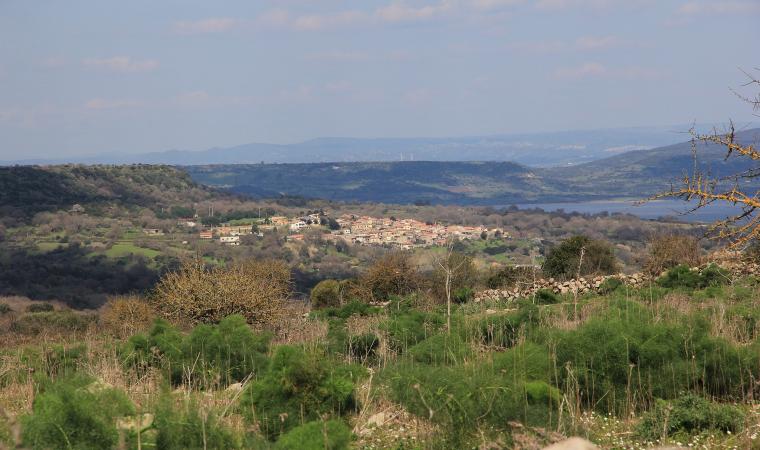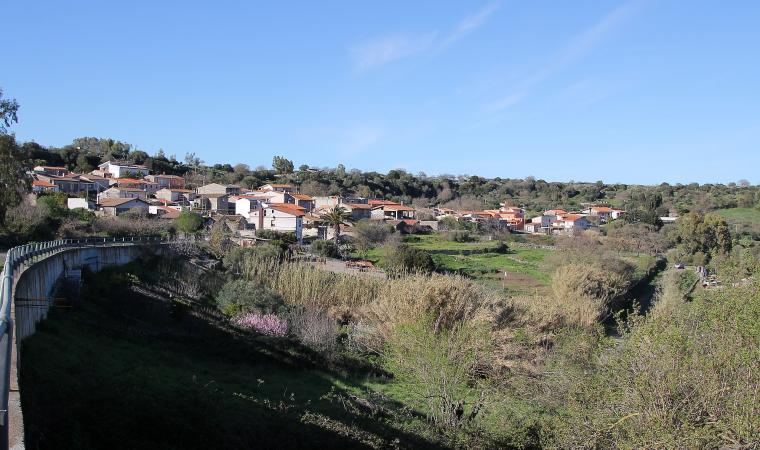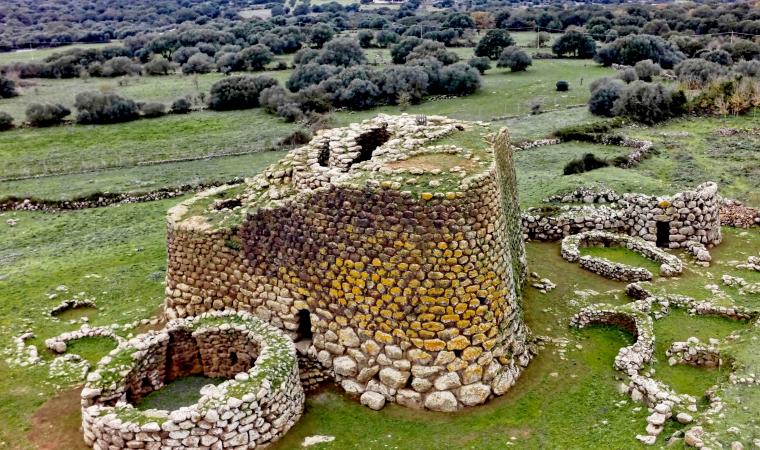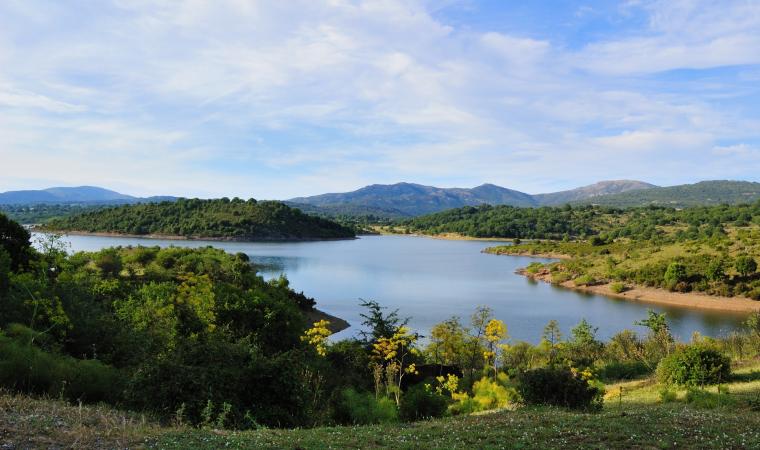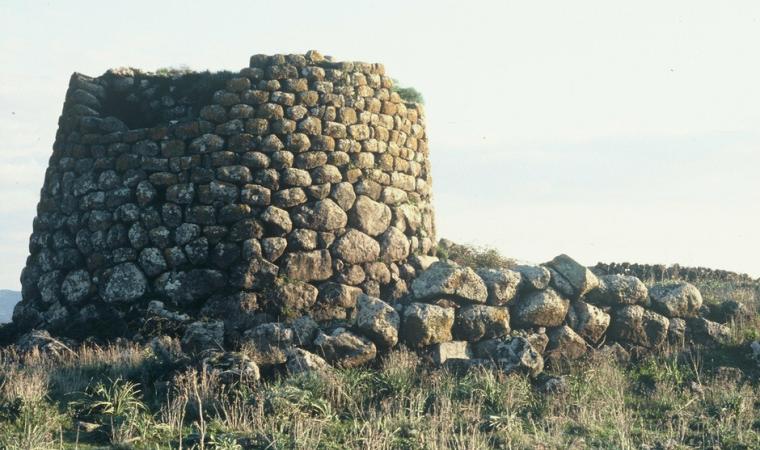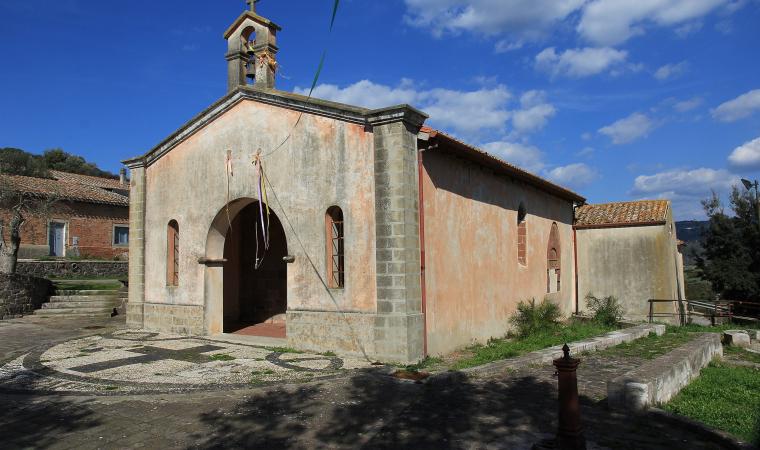It is located on the plateau of Abbasanta, on the edge of the Montiferru and Marghine massifs. Ghilarza is a village with four thousand 500 inhabitants in the centre of Sardinia, in the province of Oristano. The structure of the houses is inspired by agricultural and pastoral activities, which was once dominant. They were built from black basalt, the processing of which is currently the village's main resource. The skill of the Ghilarza stone masons is famous throughout the Island. It was also a centre of culture: the circolo di lettura (reading circle) was founded in the early nineteenth century and the first female circle began at the beginning of the twentieth century. This context was lifeblood for jurists, diplomats and scholars. In the nineteen sixties, the village boasted the highest percentage of university graduates on the Island. Unsurprisingly, one of Europe's most influential twentieth-century intellectuals spent his childhood here: Antonio Gramsci, founder of the Italian Communist Party. Along the main road, you will find the Casa Museo Gramsci, where you can relive the important stages of his life through images, documents and personal effects. In the centre of the village, there is a 15th century Aragonese tower, once a prison and now used for cultural events. In the outskirts, there is a Romanesque architectural 'gem', the church of San Palmerio, dating back to the first quarter of the 13th century. You will be captivated by the harmony with which it blends into the urban and rural landscapes and also by its two-toned style: on the façade, there are dark basalt ashlars and others made of reddish vulcanite. Another shining example of sacred medieval architecture is the church of San Pietro in Zuri, a district located four kilometres from the village. Where the sanctuary and village originally emerged, there is now lake Omodeo, which was the largest artificial basin in Europe for a long time and is currently a splendid natural attraction in the Barigadu region. Following the creation of this basin (1923), the sacred building was demolished and rebuilt, stone by stone, upstream of the lake, along with the village's new houses, while the 'old Zuri' lies under the water. The lake is an enchanting setting for one of Sardinia's most famous engineering works. Along the road leading to the village, you can admire other religious buildings: the church of San Giorgio and the village of San Serafino, in which there is a sanctuary, perhaps of Byzantine origin, and a novena site, formed by more than one hundred muristenes, 'little houses' built in the 17th century to accommodate worshippers during the nine days of celebrations for the saint. The entire territory of Ghilarza is an area rich in archaeological evidence of the past: you can admire Domus de Janas, Nuraghi and Tombs of Giants as well as traces of the Pheonician-Punic, Roman and Byzantine periods.

